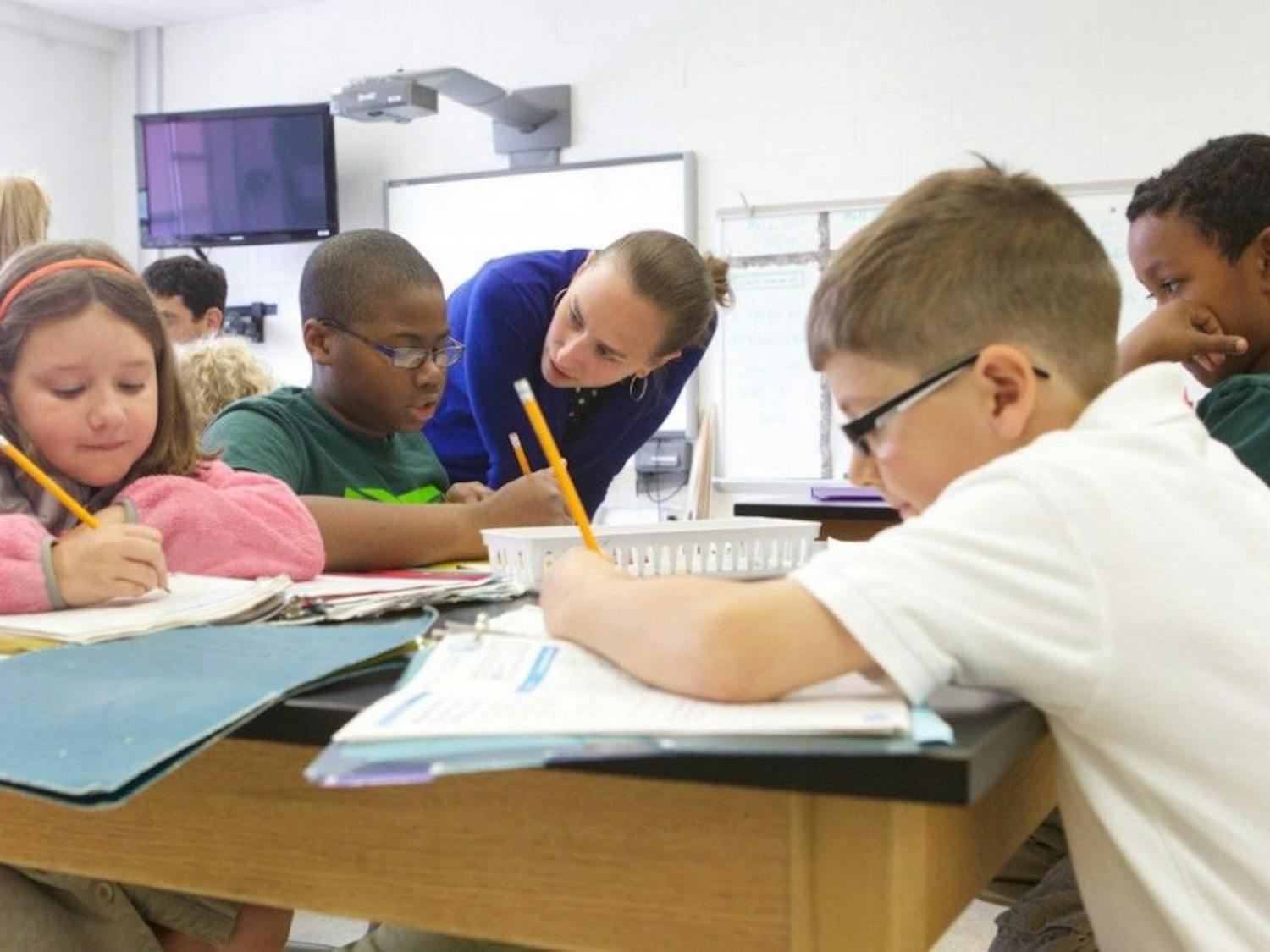It is rare that a large university like as The University of Memphis gives students a chance to decide how and when University resources are used. But that chance will soon be extended to U of M students on Monday.
Students and faculty may have noticed ads in the past days declaring that you can "Do 'it' in a museum," or that you can ask a true or false question that is seemingly senseless.
There is a purpose though - the ads are designed to attract students to an informational meeting about what "it" might be.
Inspired by a similar program at The University of California at Berkeley, the Art Museums at The U of M are providing a group of students the chance to dictate the future of the museum.
"The objective is to empower a group of self-selected students to influence the relationship of the museum and galleries to other students and the larger community," said Leslie Luebbers, director of U of M's art museum and galleries.
All students are invited to the meeting, which will be held 11 a.m. Monday in the lobby of the Communication and Fine Arts building.
"We're hoping that we can attract an interdisciplinary group of people," Luebbers said. "We want people from all demographics. We want grad students, undergraduates, traditional and non-traditional students, and students from all areas of study."
Freshman Kimberly Malone said she would like the opportunity to have some control over University resources.
"I think it's a good idea," she said.
Luebbers said the idea is to give students the chance to become a bigger part of the decision making process.
"Students want to matter, to develop their own ideas," she said.
The resources that are to be allocated are more than just money, Leubbers added.
"It's time and connections as well as money," she said.
Freshman Noralee Simmons said she also thinks highly of the idea.
"I think it's great," she said. "The University doesn't always do the best thing with its money."
She said giving students a chance to be in charge will be positive.
The U of M project differs slightly from the UC-Berkeley model in that the west coast school has a residential campus.
"We have a unique situation," Luebbers said. "Our commuter campus sometimes makes it difficult for students to get involved."
"This is a way for us to bring together resources of The University to support the students," she said.
Luebbers said she is hoping for students who are dreamers and thinkers who are looking to the future. However, it is up to those students to be present at the meeting.
"Those who are still interested after this first meeting will be able to attend a second meeting," she said. "We'll have more free pizza and discuss the future of the art museum and galleries."



